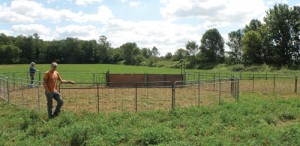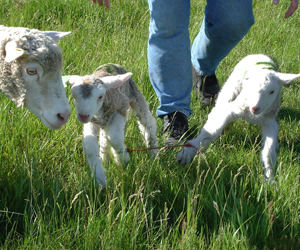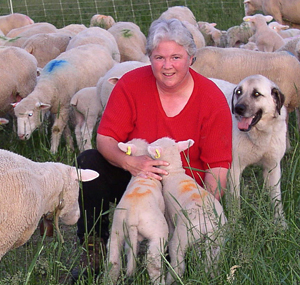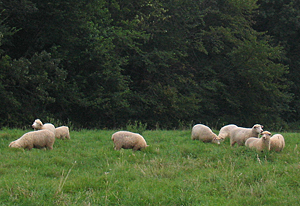Ontario family shows they can cut costs, add income on tillable land
By Janet McNally It has always been my contention that sheep in the Grain Belt should be a part of a mixed crop and livestock farm. In most parts of the world, sheep are not the only enterprise on tillable cropland. They are employed as integral components of cropping programs by assisting with weed control and soil fertility, and in marketing crop residues.

With the right approach, sheep are a very profitable addition to such farms. Modern agriculture has encouraged mono-cropping, with fertilizers and farm chemicals replacing livestock as crop management tools. Mono-cropping livestock has been a growing trend as well. Continue reading “Sheep add value to organic crop rotation”




